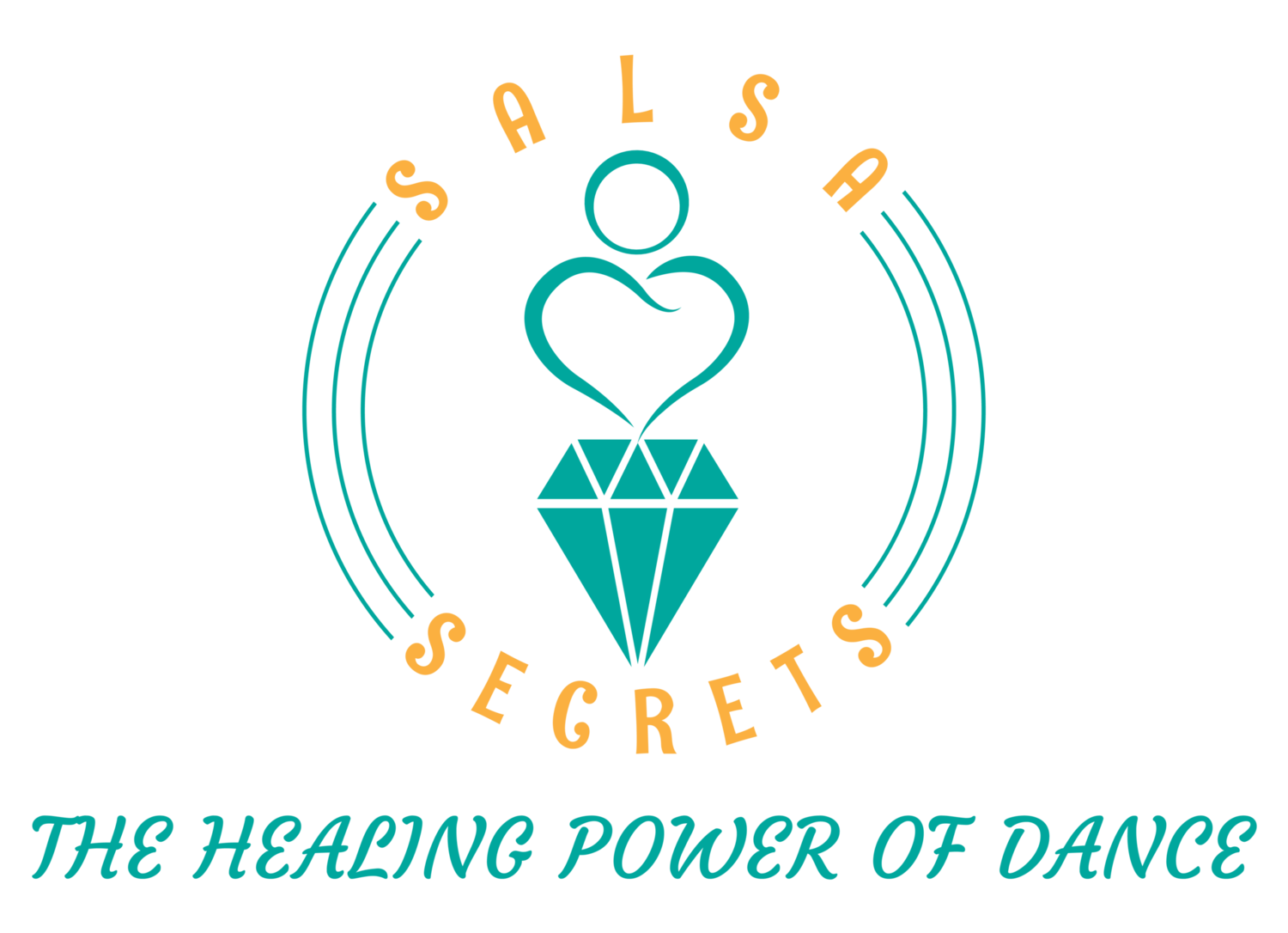Cuba, a vibrant and culturally rich nation, is renowned for its captivating music and dance traditions. From the pulsating beats of salsa to the soulful movements of Afro-Cuban dances, the dance styles of Cuba embody the spirit, history, and diversity of the island. In this blog post, we delve into the captivating world of Cuban dance, exploring some of the most influential and beloved styles that have emerged from this captivating Caribbean nation.
Salsa
Salsa, a genre that originated in Cuba but gained worldwide popularity, is a lively and energetic dance style that embodies the essence of Cuban music and culture. Fusing Afro-Cuban rhythms with elements of jazz, mambo, and other Latin American dance forms, salsa is characterized by its syncopated footwork, fluid body movements, and intricate partner work. Whether danced in the streets of Havana or in salsa clubs across the globe, salsa exudes passion, joy, and improvisation.
Rumba
Rumba, a quintessentially Cuban dance style, is deeply rooted in Afro-Cuban traditions and represents the expressive and rhythmic soul of the island. Divided into three main forms—yambú, guaguancó, and columbia—rumba embodies a vibrant fusion of percussion, singing, and dance. With its sensuous hip movements, spirited improvisation, and call-and-response interactions, rumba serves as a celebration of African heritage and a powerful expression of cultural identity.
Son
Son, often referred to as the heartbeat of Cuban music, is both a dance and a musical genre. Originating in the eastern regions of Cuba, son combines Spanish guitar and African percussion to create a melodic and infectious rhythm. Son dancing is characterized by smooth, flowing movements, intricate footwork, and playful partner interactions. It represents the joyful fusion of African and Spanish influences, showcasing the cultural diversity that defines Cuban identity.
Mambo
Mambo, a lively and exuberant dance style, rose to prominence in the 1940s and 1950s, becoming a symbol of the golden era of Cuban music and dance. With its fast-paced footwork, hip sways, and energetic spins, mambo captivated dancers and audiences alike. It served as a precursor to salsa, incorporating elements of Afro-Cuban rhythms, jazz, and big band orchestration. Mambo continues to be cherished for its infectious rhythm and dynamic movements.
Afro-Cuban
Afro-Cuban dances encompass a range of styles rooted in African traditions brought to Cuba during the era of slavery. These dances, such as Yoruba, Abakuá, and Palo, are steeped in spirituality and ritual significance. They incorporate powerful body movements, intricate footwork, and storytelling elements, serving as a connection to the African heritage of the Cuban people. Afro-Cuban dances are not only performed for entertainment but also as a means of cultural preservation and spiritual expression.
The dance styles of Cuba are a vibrant reflection of the island's cultural tapestry, combining African, Spanish, and indigenous influences to create a diverse and captivating dance heritage. From the fiery rhythms of salsa to the soul-stirring movements of Afro-Cuban dances, each style tells a unique story and invites us to experience the passion, rhythm, and rich cultural history of Cuba. As we embrace the world of Cuban dance, let us celebrate the diversity and artistic brilliance that make it a cherished part of the global dance community.

